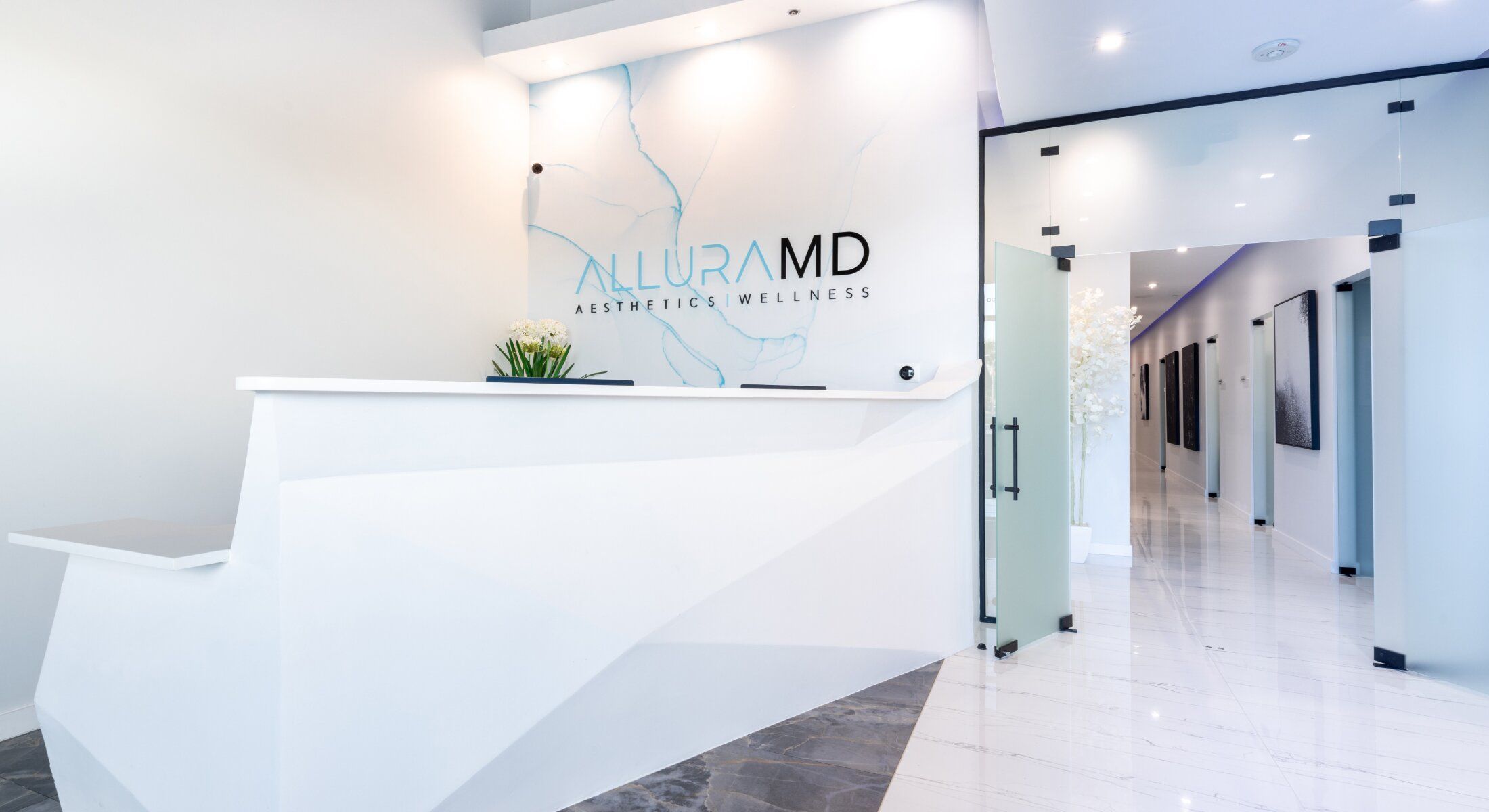

Walk into any aesthetic clinic and you’ll hear the same question: “How much filler do I need?” The real question should be: “Where do I need it?”
That’s because no face ages in just one way. Some changes happen deep beneath the surface: the settling of fat pads, the loss of volume that softens once-defined features. Others live closer to the skin: the fine lines, smile folds, and texture shifts that result from a lifetime of expression.
Modern dermal filler treatments aren’t about filling every space; they’re about reading the face. A skilled injector sees structure and surface as two conversations happening simultaneously, each requiring its own kind of care, its own technique, and its own precision.
That’s why modern injectors think in layers. Full-face volume loss requires one approach, while surface texture necessitates, another. Knowing the difference is the secret to achieving natural, balanced results.
What we call “volume loss” is actually the framework of the face shifting over time. Fat pads descend, bone reabsorbs, and the connective tissue that once kept everything taut begins to relax.
To correct this, injectors use injectable dermal fillers like hyaluronic acid fillers, calcium hydroxylapatite, or poly-L-lactic acid. They act as internal scaffolding, rebuilding dimension from within. Placed along the midface or jawline, they restore lost volume and lift the lower face without changing its character.
When done properly, deep filler placement isn’t noticeable as filler, it’s evident as balance. The cheeks look subtly raised, the face more awake, the contours softly returned to where they were a few years ago. You don’t look different. You look like you again.
Closer to the surface, the goals change. Here, injectors work with lighter gel-like substances made from hyaluronic acid, a naturally occurring molecule already present in the skin. These fillers move with expression and integrate seamlessly within the skin’s top layers, making them ideal for smoothing fine lines, vertical lip lines, and smile folds without weight or stiffness.
This level of filler work is delicate. By replenishing hydration and elasticity, HA fillers help the skin reflect light evenly again. They can fill wrinkles that makeup can’t disguise, soften creases caused by motion, and even improve the skin’s overall texture. Think of it as restoring the surface finish after reinforcing the foundation below.
At AlluraMD, this combination approach, addressing structure and surface, is often what separates good results from beautiful ones. When deep support meets smooth, hydrated skin, the face regains its natural coherence.
Two patients can receive the same filler and end up with entirely different outcomes, and the difference usually comes down to injection depth and placement. A product meant for deep volume, if injected too close to the surface, can look puffy or uneven. A soft filler placed too deeply might simply disappear into the tissue.
Expert injectors plan each treatment by layer. Deep fillers address the skeletal and fat-pad changes that create hollowing; superficial ones refine the visible skin texture. In the right hands, these techniques complement one another. The cheeks lift naturally, the lips regain shape, and fine lines soften without ever losing movement.
It’s this anatomical awareness, this ability to read the face in three dimensions, that defines modern filler artistry. The precision isn’t just in where the needle goes; it’s in knowing where to stop.
The product itself is only part of the equation. Each filler substance behaves differently and is chosen for its texture, weight, and longevity.
The best plans often combine these products into a complementary treatment plan. Structural fillers re-establish contour; softer products enhance the finish. Together, they create a face that moves and rests beautifully in any light.
A typical dermal filler procedure at AlluraMD begins with a careful consultation and review of medical history. Every step is personalized, from the selection of injectable filler to the order of placement. A topical anesthetic helps minimize discomfort, and most patients describe the sensation as mild pressure rather than pain.
The injection process usually takes less than an hour. You can expect minor swelling at the injection site for a day or two, but no significant downtime. The improvement is immediate, and the effect continues to refine over the following week as the product settles into the tissue.
It’s a remarkably subtle transformation, one that friends may notice without ever realizing why you look so well-rested.
Aging isn’t a single event; it’s a gradual rearranging of what lies beneath. The brilliance of dermal fillers is that they let injectors work on every level—supporting the foundation, refining the surface, and restoring harmony between the two.
When both layers are addressed thoughtfully, the face regains its balance. Light falls where it used to. Features read as rested, not altered. And in that small but powerful shift, your reflection starts to look just a little more like the person you feel inside.
Understanding dermal fillers means understanding anatomy. Full-face volume loss and fine lines live in different layers, and each demands a distinct approach. The right treatment restores balance between both.
In skilled hands, fillers don’t just fill. They bring back light, lift, and proportion. The kind that makes your reflection reveal the vibrant, youthful you at your core.